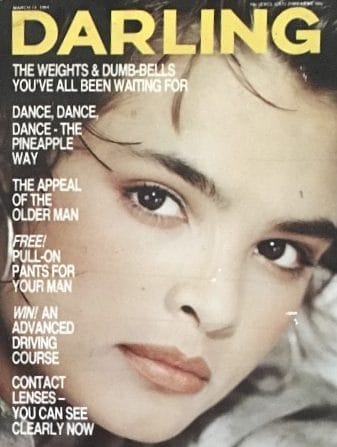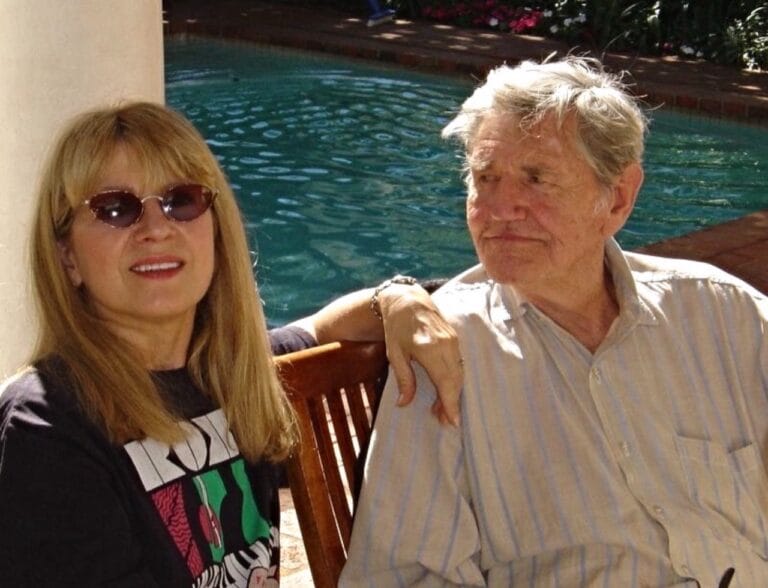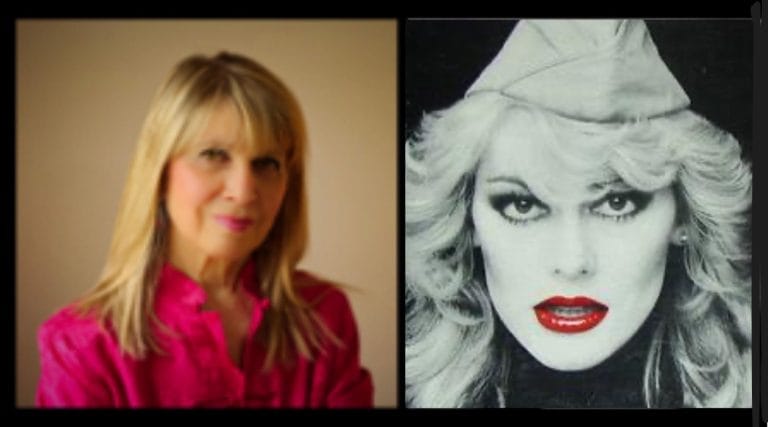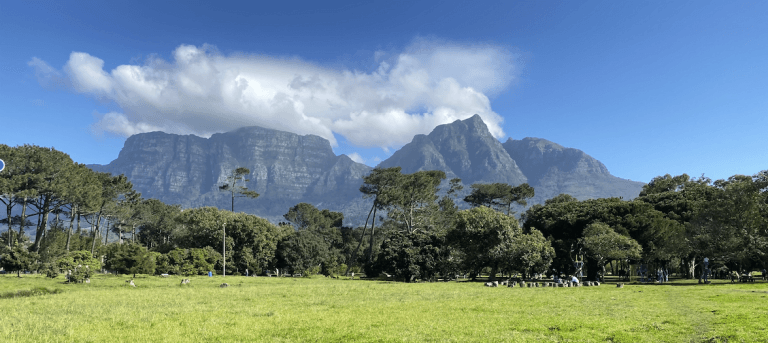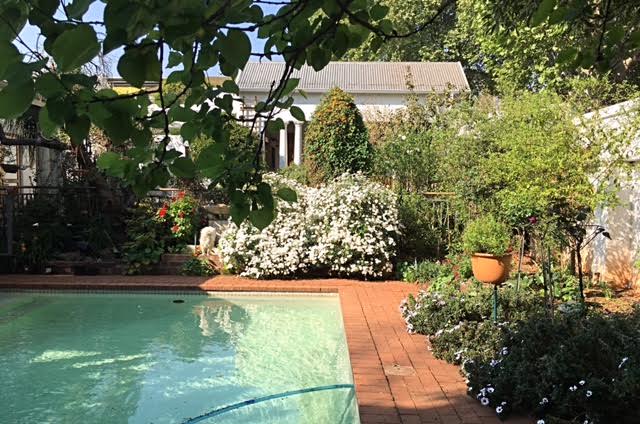My introduction to Republican Press was a real baptism by fire. Luckily, I was not fazed by challenges, but the uproar that surrounded my appointment as editor of DARLING magazine was nonetheless a test of endurance. Perhaps I need to start at the beginning.
A Durbanite by birth, I’d written since my schooldays. Eve Stuart had fuelled my enthusiasm by giving me a column on the Natal Mercury’s women’s pages, which allowed me to open my first bank account by the time I was 16. My penchant for putting words to paper would never leave me and later, while studying for my B.A at the University of Natal, Durban, I asked John O’Malley, the editor of the Daily News – who I didn’t know – to give me a job. I was sent to Owen Coetzer who had just launched Trend, the forerunner of the Tonight sections. Owen obliged and appointed me University Correspondent but soon I was given carte blanche to write what I liked, which, after graduation, I continued to do from London where I had gone to study drama. In-between classes, I was perusing adverts for freelance writing jobs. Armed with my cuttings, I headed off for interviews and was fortunate to jump the queue of eager young things to work on stories for IPC magazines among others, which earned me my National Union of Journalists’ freelance card.
I had long vacillated between my dual careers of acting and writing, and followed whatever was the most challenging and rewarding opportunity that presented itself. After two years In London, I flew to Durban to visit my parents when fate intervened to provide my first career highlight. Despite my protestations, I remained in South Africa and co-founded a theatre in Cape Town, where I was also the resident actress and co-writer – but that’s another story, for another time. Let me just say that running a theatre taught me invaluable managerial skills that would serve me well then and in the future. Down the line, it was inevitable that my preference for big cities would draw me to Johannesburg, where I still live.
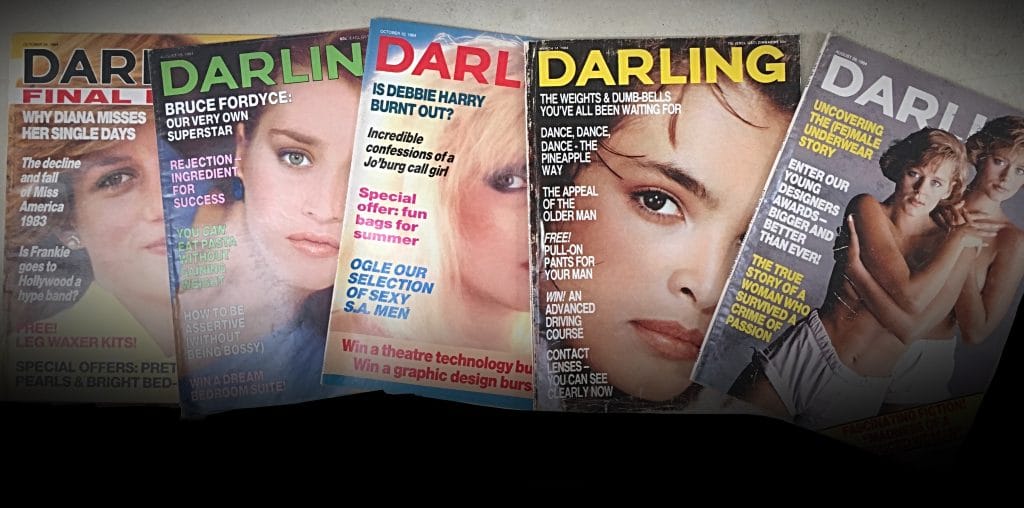
In 1980, my next life-changing moment was in the wings when I spotted a gap in the market. I introduced myself to Rex Gibson, editor of the Sunday Express, and shared my concept of a self-contained music-supplement in his newspaper. Rex fought hard to accommodate me, and at the 11th hour before I was to join Chris Gibbons’ news team when 702 Music Radio was in Eloff Street Extension, fate once again stepped in and I was saved from the dreaded graveyard shift. With some opposition, Rex found a way to employ me despite the outcry from both journalists and the advertising department – which, without my knowledge, had financed my foot in the door. Carol Lazar and Gwen Gill went to the union but the SAUJ must have decided in my favour because I was given the green light, and so Express Beat was born. This was probably the turning point where I conceded publishing had won the day over my acting career.
It was exhilarating running my own publication without editorial interference and I loved the newspaper environment, where I remained until Rex moved on to the Rand Daily Mail. The change of guard didn’t augur well for me when Ken Owen, the new editor, said he didn’t want to lose me, but… that ‘but’ was the clincher for me because it became clear he planned to move me – and a watered-down Express Beat – to the women’s pages, where Carol Lazar ruled the roost. Clearly, my independence was in jeopardy and from my perspective, it wasn’t the change I had in mind. I left SAAN confident I would create something new, or something rewarding and challenging would come my way.
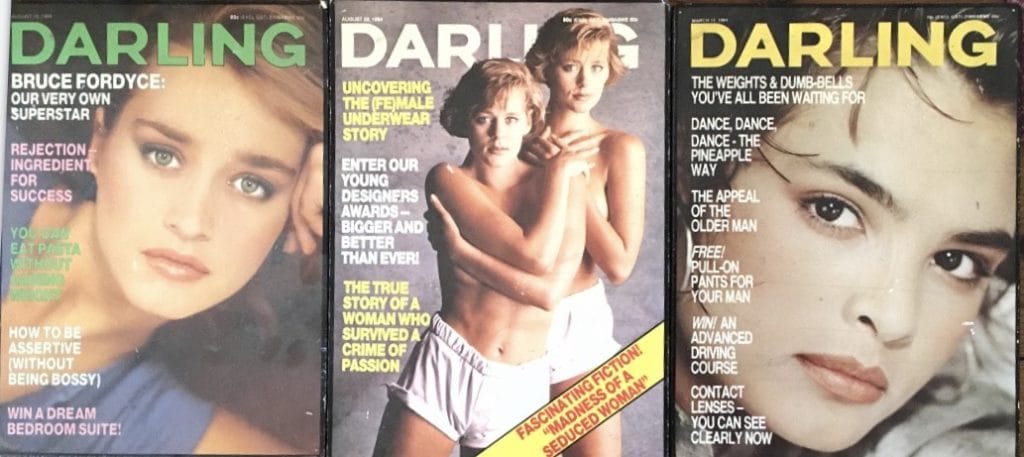
Bridging the gap, I published a niche brochure called SA Country People, which combined a history of this genre of music in South Africa with profiles of the leading singers in the field at that time. The launch date was accelerated when singer Tommy Dell, then working for Music for Pleasure (MFP), proposed that this division of EMI would release an album of the same name together with my publication at the upcoming Rand Easter Show’s country music festival. Of course I cooperated, and the outcome was a happy and financially lucrative learning curve.
I have skimmed through all this background and some of the projects to show I was armed with skills over and above my writing ability, because years later I was to learn there were some people whose noses were out of joint that this person “who wrote about music” seemingly rose through the ranks without explanation. I think it’s by now also clear that I possessed a great deal of resilience and the strength of character to stave off opposition in the workplace, but nothing prepared me for the next chapter when fate once again played an ace.
Out of the blue I received a call from well-known firebrand in the advertising publishing arena, the late John Farquhar. Little did I know it, but it was to be another of those life-changing moments. “How would you like to be editor of DARLING?” he asked me. He elaborated that the Hyman family who owned RP were looking for a young editor who identified with the 16-25-target market. As a dedicated magazine reader, for me it was a no-brainer. I was flown to Durban to meet Willem Hyman and I was well versed to talk about what I would do with the niche publication in a market no other publishers were catering for. I obviously made a good impression because I have the distinction – or otherwise – of being the last appointment made by the family before they sold out to Perskor. Ominously, perhaps, I would also be the last editor of DARLING.
I accepted the job with the proviso that I could move it from Prospecton in Durban to Johannesburg. Or more specifically, to RP’s salubrious Doornfontein offices (I’m being ironic). But I’m getting ahead of myself. A great deal preceded this relocation.
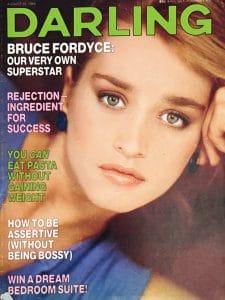
With my appointment announced in the press before I’d stepped into the Durban offices, there was a growl of animosity towards RP, its methods of doing business and of course towards me. I knew nobody on the staff and they knew little about me so many felt if there was a change, they ought to have had a shot at applying. Be that as it may, my position was a fait accompli and I walked into the hornet’s nest where the anger was palpable. As the new face in what was after all their comfort zone in Durban, I was clearly at a disadvantage. Adding insult to injury, the Hymans had not informed Margaret Wasserfall, the incumbent editor – the changeover was a surprise to all. Somehow Margaret and I managed not to see each other and her immediate move within the group must have softened the blow but in all the years we attended the same editorial meetings, we never discussed my appointment to DARLING, or anything else for that matter.
I don’t recall much more about that first day and of course, the next bombshell was yet to come. After meeting each member of the small staff, I shared my vision – starting with the move to Johannesburg. I tried to offset the shock by saying that their jobs would in all likelihood not be in jeopardy and that RP would assist the move. Of course, that doesn’t begin to describe the upheaval it must have caused for staff who’d given no thought to leaving Durban, who had families to consider and for some, a fear of the ‘big city’. Others would remain in Durban, where production would continue. After all, it was 1983 and RP had not shed its industrial age methods of printing. The “overnight bag” would keep us in touch with all technical requirements.
To their credit, many staffers saw the bigger picture. The move could provide an exciting new challenge and they grabbed the opportunity, if grudgingly. For some, the resentment towards me would never wane but I could not run a fortnightly magazine watching my back. I had to earn their trust, I thought at the time although I can’t say this was ever an entirely successful exercise – a few of the long-standing staffers simply disguised their disappointment at being overlooked as best they could.
Apart from natural attrition, there was the unpleasant task of replacing some key positions otherwise what would have been the point of my assuming the top post? Leon Bennett, Managing Editor of RP, was there to advise me and to assist me with procedure. Over the years I formed a good relationship with Leon, though in later years his loyalty often veered towards ‘company’. From Leon, I learnt an invaluable lesson early on. “Seventy percent of your time will be spent on staff management,” he warned. And so it was. Looking back now I think I was so consumed by the magazine and my instant love affair with DARLING that I obsessed over the minutiae of every aspect of the magazine, but hopefully along the way I found a better rhythm.
Nor had I realistically thought through what it meant to move the entire magazine from Durban to Johannesburg. Maybe if I had, I would have been more circumspect about accepting the job, but I doubt it. For starters, I had to fly first thing each Monday to Durban where I stayed until Friday. To arrange my life to cater for my absence at home and my presence in my former hometown took some juggling and this was to go on for much longer than I could have envisioned. Add to this equation my fear of flying at the time, and you might get the picture.
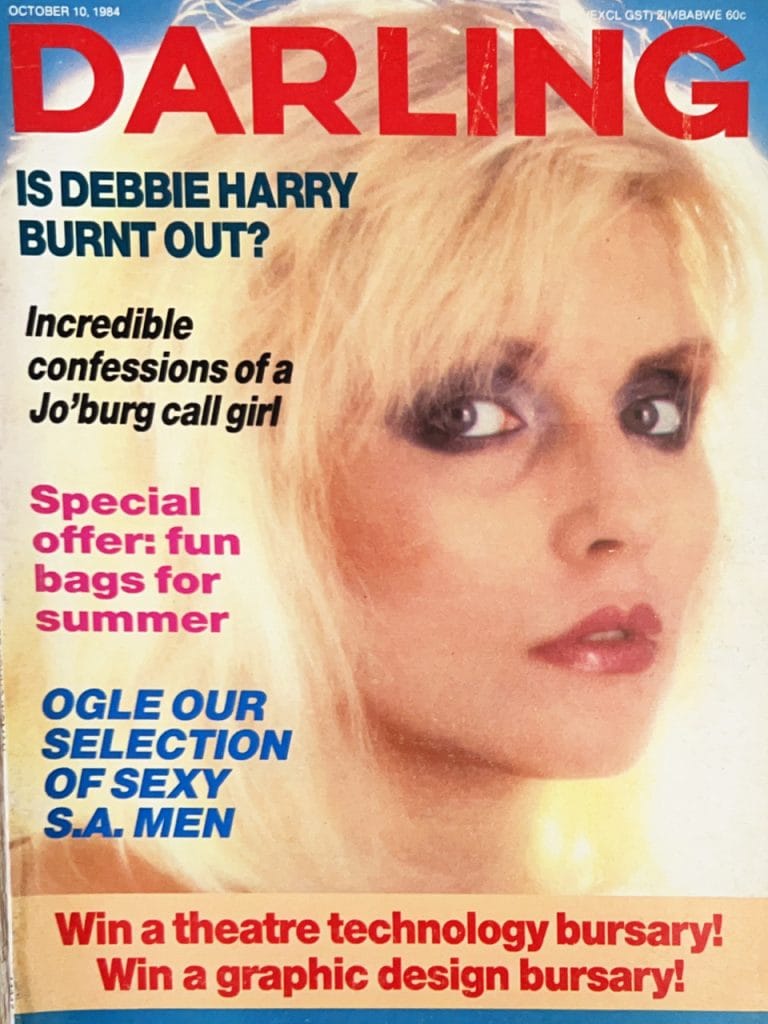
Two SAA Fly with Confidence courses failed to convert me and for Patti Garlick, editor of Femina, I was to become a flying companion she could do without. Femina was another women’s magazine in the group aimed, I like to think, at a less sassy reader. DARLING was young and progressive, Femina was older, more conventional, married and family oriented. That doesn’t mean there wasn’t healthy competition between Patti and me, but I digress.
Flying together as we did, Patti no doubt dreaded having me next to her. My ritual of immediately buckling up, feverishly reading the safety brochure, keeping my eye on the flight attendants for any give-away signs, and clinging to the arms of the seat until I could light that first cigarette in the days one could still smoke on board – and I was still a dedicated smoker – were one thing, but my running commentary was entirely another. Flying into the old airport in Durban one such flight, I announced the sea was on the wrong side of us. Patti nervously looked outside the window and concurred. It didn’t help that the stranger on the other side of Patti chose that moment to use his sick bag. “We’re circling,” I said with authority, “something’s wrong.” By now Patti was edgy. At last, the pilot spoke to us over the PA. “We apologise for the delay,” he said, “but an airforce plane had a problem and the pilot had to eject.” Patti and I breathed a sigh of relief as we silently waited to land.
I think it was the last straw for Patti and it was with immense relief ahead of our next flight that she announced she was pregnant, which precluded me from sitting next to her because I smoked (and she knew that for a dedicated smoker who feared flying, it was a non-contest).
Back in Joburg, the telephone kept ringing from people who liked the way the magazine was changing and saw a place for their talent. Alan Langbridge was one such caller. He said he’d like to come and meet me because I – and the magazine – needed him. Whether it was arrogance or bravado – he tells me now he was a bundle of nerves when I interviewed him – I must have liked what he had to show me because it wasn’t long before he left Pace to join our ranks. Neither of us was a pushover when it came to the design of the magazine but the fact that our friendship continues today must mean mutual respect won the day.
Slowly but surely the word was spreading that DARLING was reflecting a more modern lifestyle. By then I’d tackled the editorial content and approach and appointed some new Johannesburg writers who brought their own flair and youthfulness to the publication. For young women readers exerting their own independence, we kept them abreast of their hunger to know what their counterparts elsewhere were doing, thinking and wearing. In London, my friend and colleague Rod Tyler was a dab hand at unearthing original angles about Diana, Princess of Wales, and with her on the cover, magazines never failed to sell.
Without taking ourselves too seriously, we covered issues and interests affecting and inspiring young women in 1980s South Africa. No subject was off-limits, but good writing and good taste were paramount. Fortunately, I had Anne Quayle and Ingrid Staude assisting me with maintaining our new approach and standards.
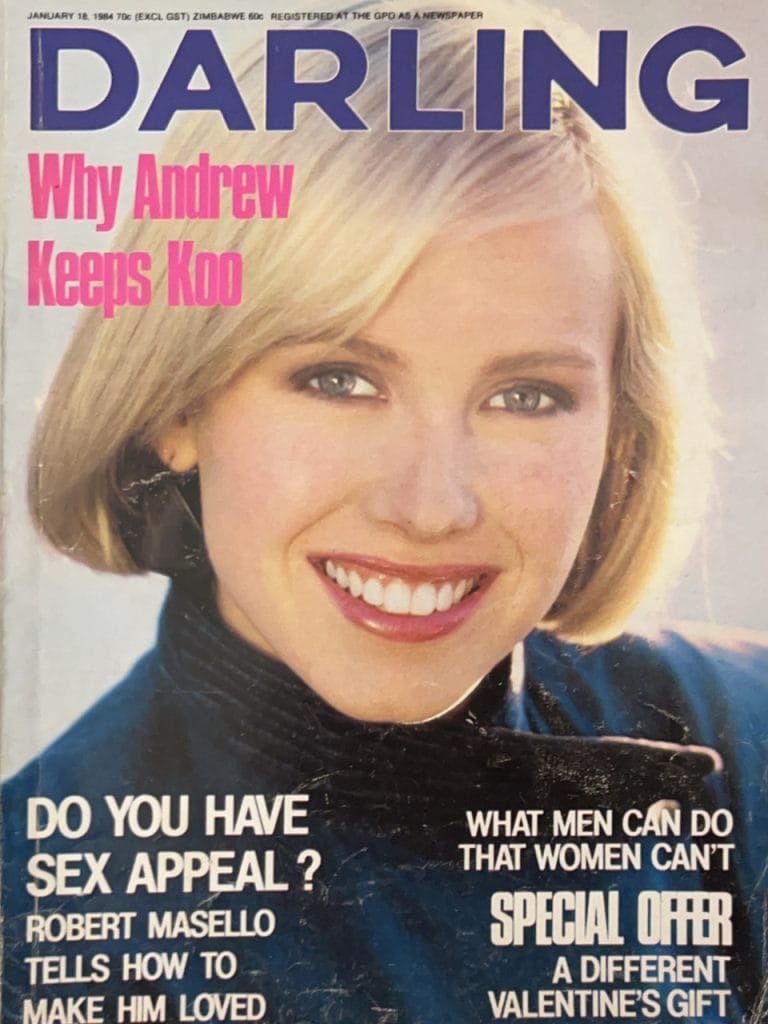
The next important challenge was going to entail revitalising DARLING’s fashion and beauty pages, an important component of the magazine. I no doubt imparted this commitment when I made my first public appearance as editor and host of the high-profile CINZANO/DARLING fashion awards at the Top of the Carlton. It was a glittering affair and most faces were new to me but dressed the part by Spanish designer (turned artist) Pascual in a beautiful, one-shouldered, multi-coloured, tiered gown, I imagine that my theatrical training provided a reservoir of confidence to get me through the evening. Despite its success, however, I was unable to dissuade Gilbey’s from withdrawing their sponsorship and it was to take a great deal of persuasion on my part to convince a new sponsor to come to the party. An effort, as it turned out, that would be nipped in the bud… but for the moment all was on track.
With new writers and new energy in the office, it was time to climb the proverbial mountain – a task I’d been dreading. With my fashion editor still in Durban, Leon had again raised the subject of DARLING’s fashion pages with me. Looking back now, our existing fashion pages were not without merit but with Johannesburg and Cape Town as the undisputed fashion hubs, I recognised that to be a fashion leader in our market, it was key to our metamorphosis to appoint a Johannesburg fashion editor. Anyone who says it’s easy to replace staff is either a liar or more thick-skinned than I am. Letting people go was one of the hardest tasks of the “70% staff management” Leon mentioned at the outset, but there was no other way.
I surreptitiously sought advice from those with experience in the field and identified and eventually succeeded in enticing Sharon Levin. She and Jane Filmer proved to be a good team whose work with some of the hottest photographers and models around led the way for our vibrant market. Word on the street was that DARLING’s pages were young, contemporary and fresh and different from any others on the shelves.
In a short time, the circulation figures began to reflect DARLING’s personality change. Readership was on the increase, but I knew we couldn’t rest on our laurels. We had long deadlines, so it took some time before any of my influence began to show. The first issue in which my editorial appeared was on September 28, 1983. Little did I know it, but the final issue would appear a year later on October 24, 1984.
There is no doubt in my mind that the demise of DARLING was a casualty of new owners and new management. I can’t recall when exactly the RP staff was informed that the Hymans had sold the company to Perskor, but when we were, I for one was extremely disappointed as the company had little experience in magazines and in the English market.
Schalk van der Merwe was Perskor’s man appointed to head the division. He was of a different publishing culture and I suspect it was a new experience for him to deal with all the strong women editors of RP’s magazines. Subtle changes came into play – and I was not alone in fearing a new style of management, where editorial independence would give way to a more autocratic style.
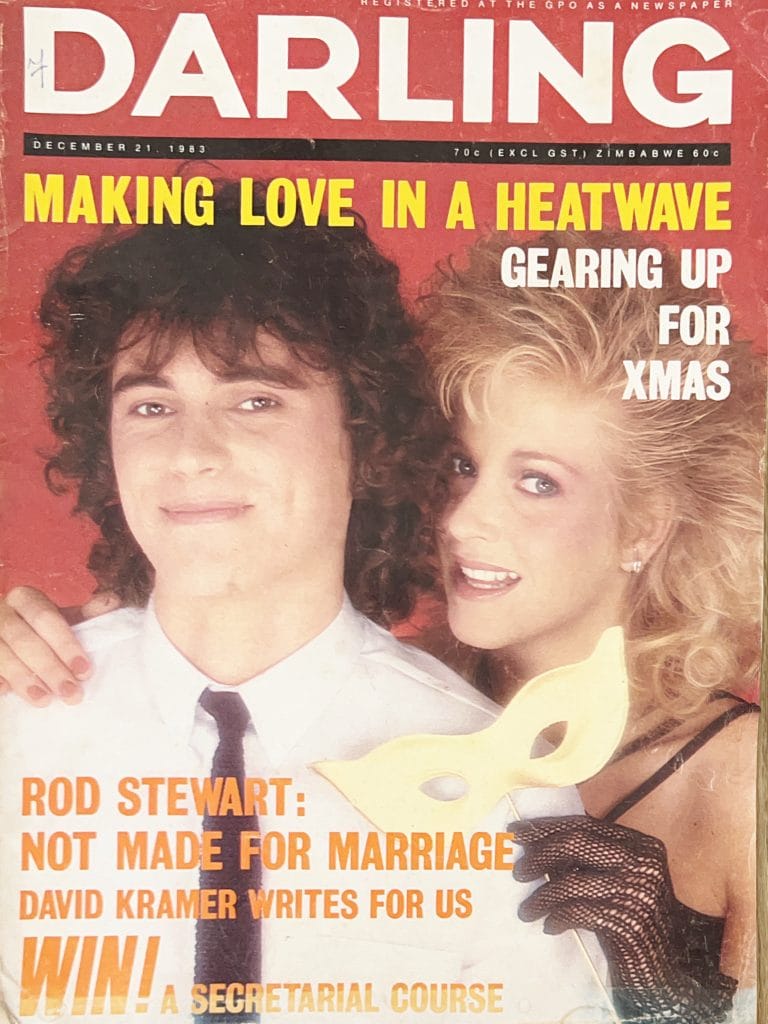
Extraordinarily, one of the first things Perskor did was to bring in the opposition as consultants! Leon’s easy interaction with all of the editors was replaced by a very different style of management and it wasn’t long before every editorial decision had to be justified ahead of publication. It was the first time that my editorship had been compromised and working on DARLING became that much harder. I don’t recall when the consultants’ contract expired but there was no easing up in the uncomfortable relationship with management.
Meetings were always formal, which made one all the more appreciative of the Hyman days where it felt like the magazines were everything. Nor do I recall when I heard that Perskor intended folding DARLING, despite the increase of 10,000+ readers in less than a year. It’s possible this task was left to Leon and wearing his company hat, he would have been the messenger without conscience.
It was a devastating blow for me and for the loyal staff who had come to think of DARLING as more than a job. There was sadness with this black cloud hanging over us and it was dispiriting knowing that in spite of our best efforts, DARLING would not survive another day, but we pooled our resources to work towards the last issue we’d all be proud of. And it was.
Our last cover featured the Princess of Wales and in bold red caps underneath our masthead, a strap announced FINAL ISSUE. We knew there was no going back but even then with a cover-line stating: “Why Diana Misses her Single Days”, we aimed for the stars. There were lots of goodbyes, one of which was via my editorial to our readers. In my unenviable position as the very last editor, I wrote: “… while my relationship has lasted just over a year in DARLING’s 15-year life, the magazine has become all-absorbing, requiring a totally faithful commitment. And in spite of the final outcome, the rewards have been great.” And so they were.
Ultimately, Perskor’s inexperience as magazine publishers resulted in what was to become a purge of magazines. Without recognising DARLING’s unique niche market, they simply closed the magazine with the smallest circulation. Nor was it reassuring to hear years later that “even Perskor realised it closed the wrong magazine”. Nonetheless, I was philosophical that I’d had one of the best years of my life on a magazine I had loved from day one.
Luckily, I was able to heed the words of my late friend Chris Munnion – former African correspondent for The Daily Telegraph, of London – who spoke from experience when he offered me my next piece of good advice: “Don’t be too proud to consider lesser positions,” he opined.
It was a lesson well learnt.
Change is the law of life. And those who look only to the past or present are certain to miss the future – JF Kennedy.
This memoir appeared in two instalments in K’rant (www.perskorblogspot.com) in September and October 2013.

